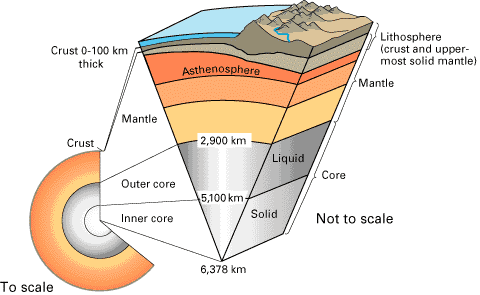Spotlight on Outreach – Barrel organ of plate tectonics: an innovative tool for outreach and education.
This guest post on the “Barrel organ of plate tectonics” for our Spotlight on Outreach series has been contributed by by Dr. Petr Brož of the Institute of Geophysics of the Czech Academy of Science and co-chair of the Outreach Working Group of the Europlanet Early Careers Network (EPEC).
Plate tectonics is the major geological concept to explain dynamics and structure of Earth’s outer shell, the lithosphere. In the plate tectonic theory, processes in the Earth’slithosphere and its dynamics are driven by the relative motion and interaction lithospheric plages. The regions on Earth that are most geologically active often correlate with the lithospheric plate boundaries. Thus, for explaining the Earth’s surface evolution – mountain building, volcanism and earthquakes’ origin – it is important to understand processes at the plate boundaries. However, the processes associated with plate tectonics usually require a significant period of time to result in effects and, therefore, their entire cycles cannot be directly observed in nature by humans. It is a challenge for scientists to study these processes, but also for teachers and science communicators trying to explain them to students and to the general public. To more effectively engage people with these concepts, we developed a mechanical model of plate tectonics which demonstrates the most important processes associated with plate tectonics in real time.
The concept of plate tectonism is usually explained by schematic illustrations which are static and therefore can be hard for the public to imagine the complexity of the processes.

How does the model work?
The mechanical model is a wooden box, more specifically a special type of barrel organ, with hand painted backdrops in the front side. These backdrops are divided into several components representing geodynamic processes associated with plate tectonics, specifically convective currents occurring in the mantle, sea-floor spreading, a subduction of the oceanic crust under the continental crust, partial melting and volcanism associated with subduction, a formation of magmatic stripes, an ascent of mantle plume throughout the mantle, a volcanic activity associated with hot spots, and a formation and degradation of volcanic islands on moving lithospheric plate. All components are set in motion by a handle controlled by a human operator, and the scene is illuminated with colored lights controlled automatically by an electric device embedded in the box.
Conclusion and feedback
This mechanical model can be used as a unique outreach tool of geological processes usually taking eons to occur. Thus, students and the general public can understand the most important concept in geology in an easy and entertaining way. The very positive feedback from the audience showed us that we developed a really efficient tool on how to explain this interesting theory.
Do you like this story and want more? Browse our archive of Inspiring Stories and get inspired!

